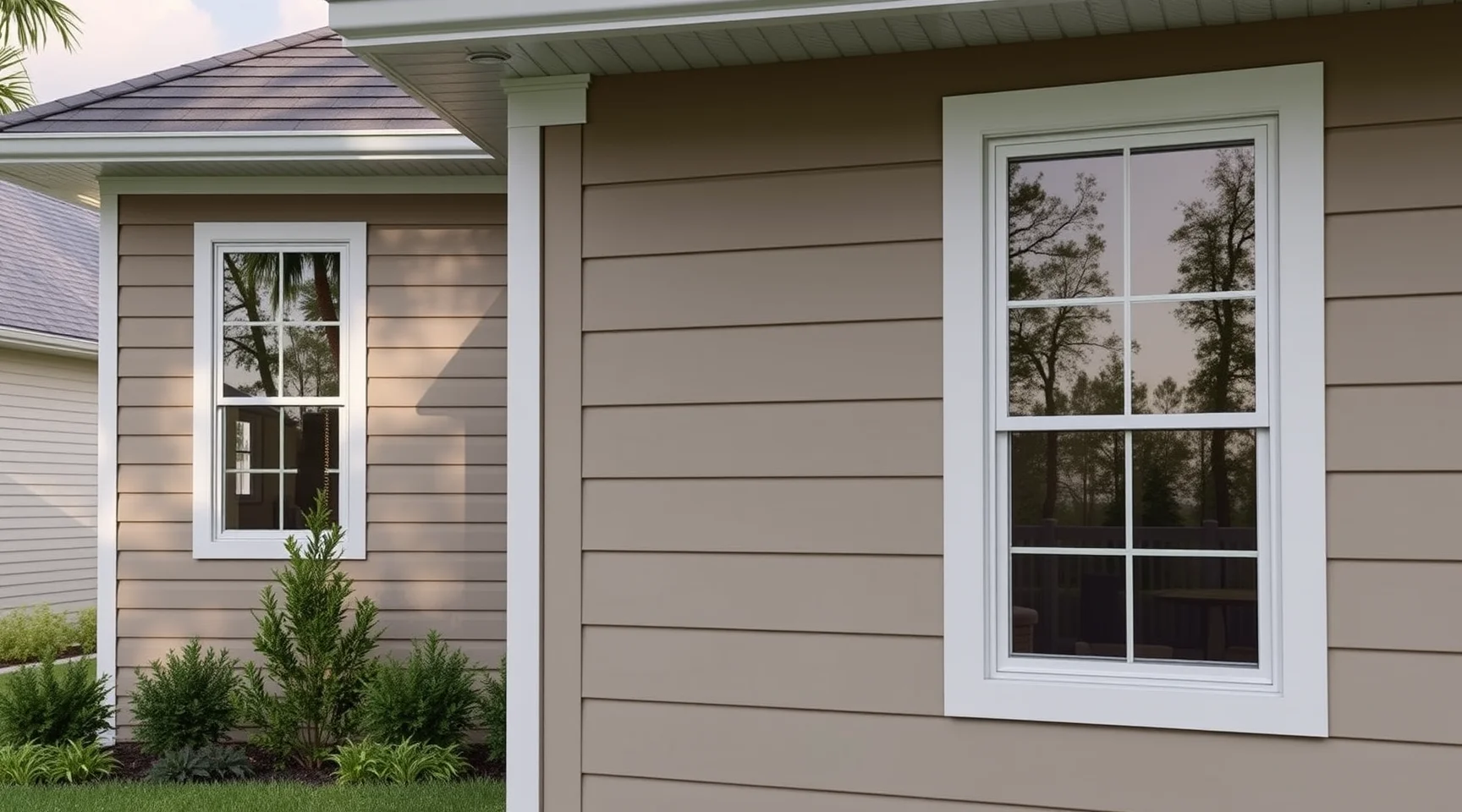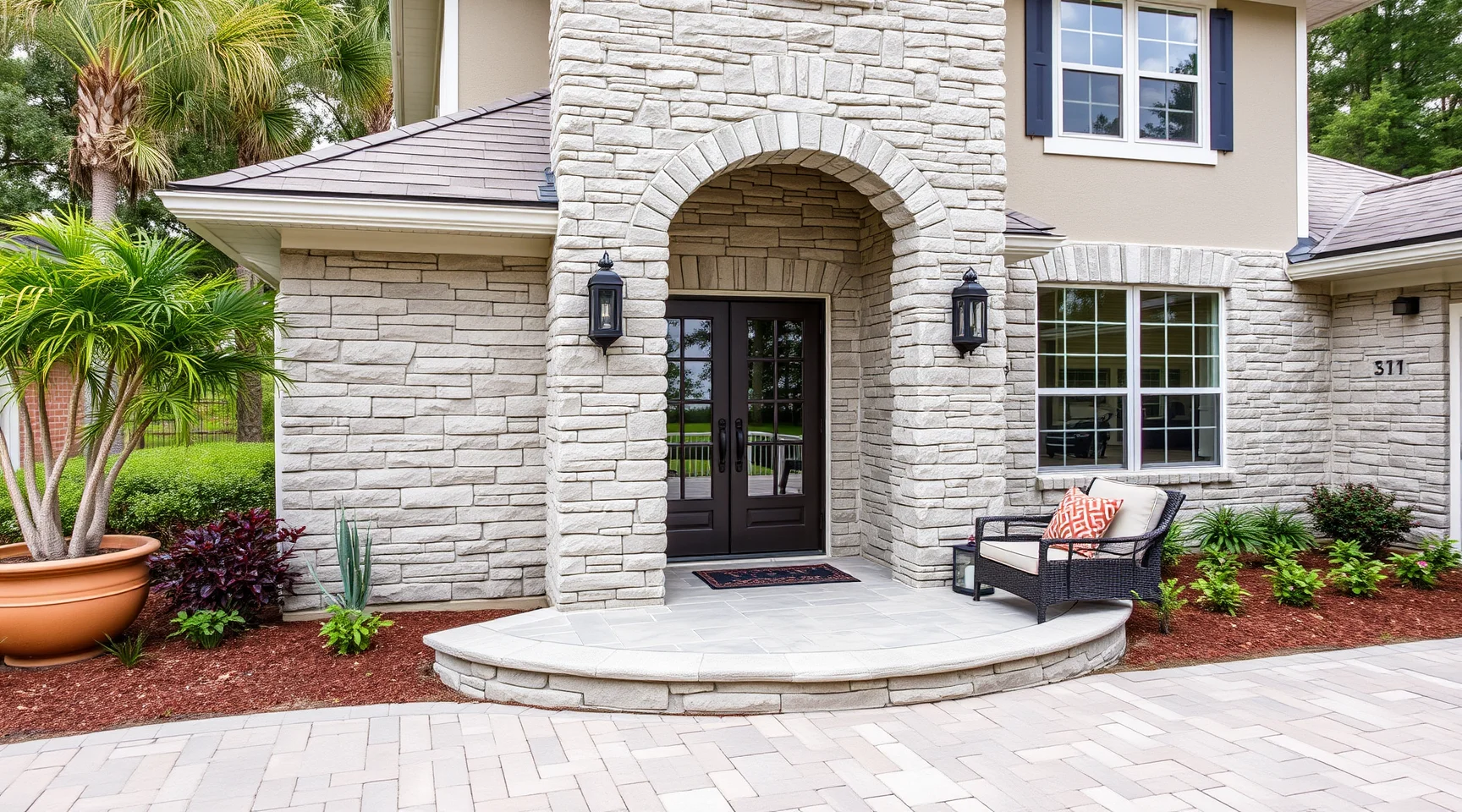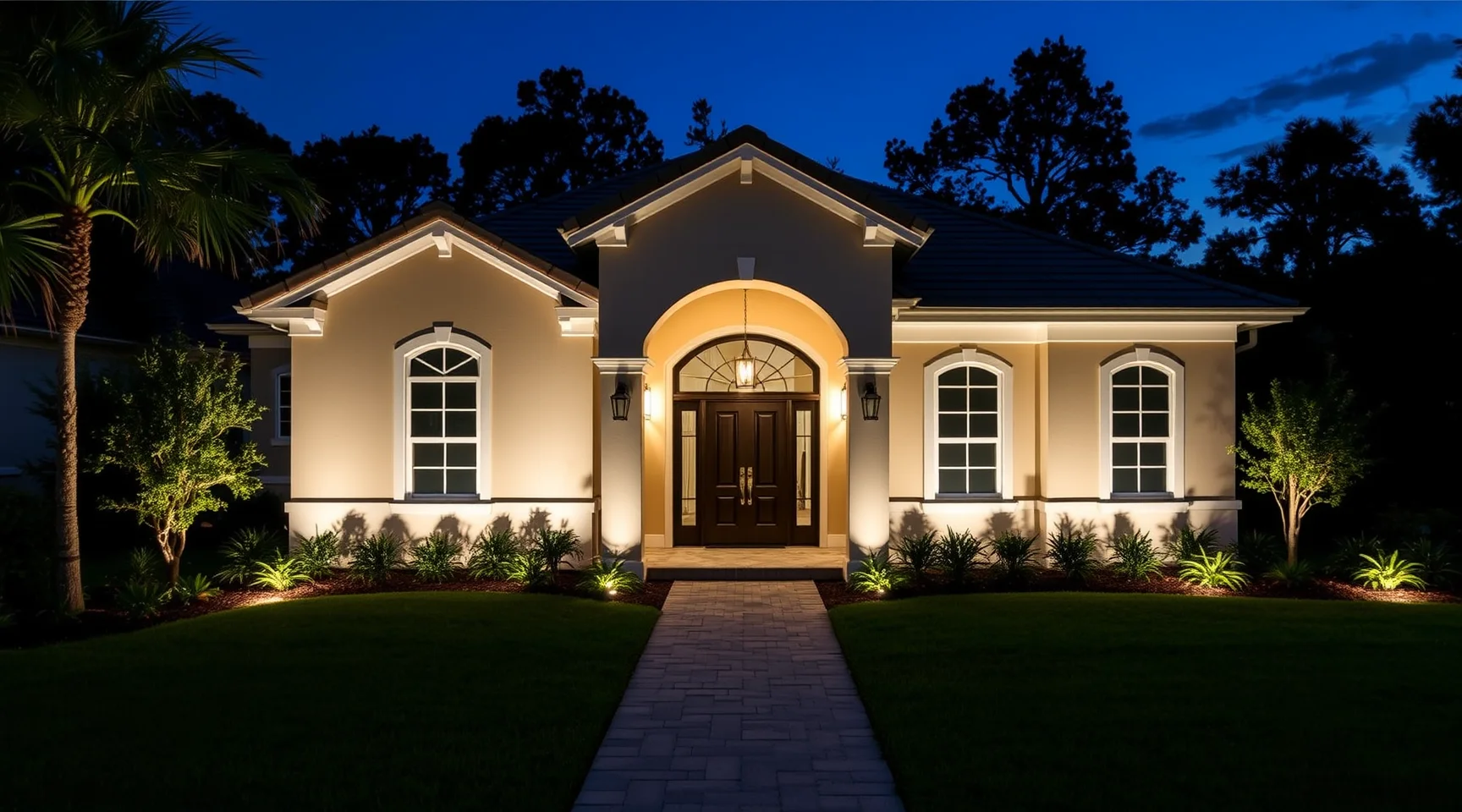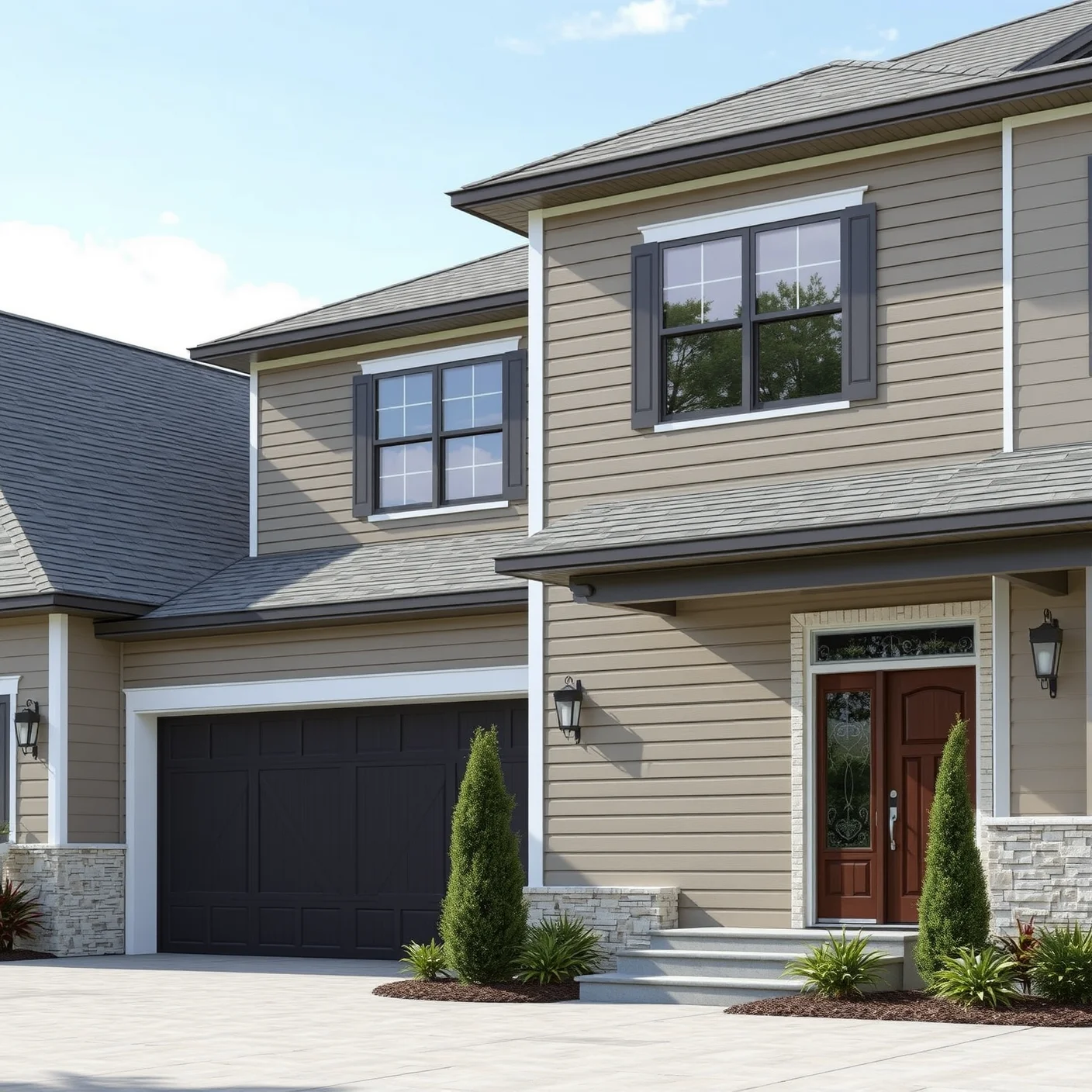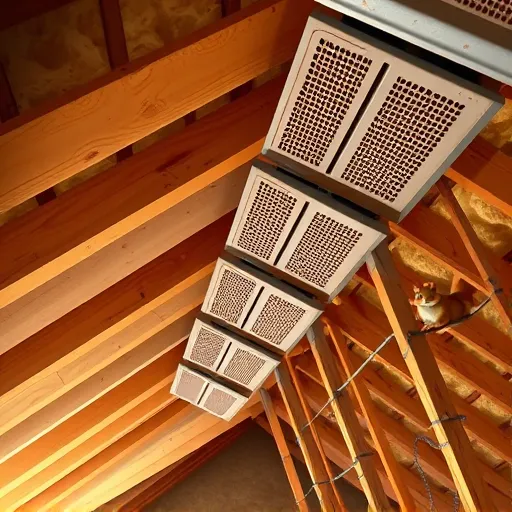
Soffit Vents in Attic: Expert Tips for Proper Ventilation and Safety
What Are soffit vents in attic and Why Are They Essential for Home Comfort?
Imagine a gentle breeze that effortlessly circulates through your home’s highest points, maintaining a calm and stable environment. That’s the subtle power of soffit vents in attic. These small but mighty vents are carefully designed openings installed beneath the eaves of your roof, providing a pathway for fresh air to enter your attic space. Proper attic ventilation, particularly through soffit vents, creates a natural flow that prevents moisture buildup, reduces heat accumulation, and extends the lifespan of your roofing materials.
Why is this important? Excessive heat or dampness in your attic can lead to a range of issues—from warped wood to mold growth, and even decreased energy efficiency. Understanding the gentle, yet profound role of soffit vents helps homeowners create a sanctuary of peace within their homes, shielding against humidity and temperature extremes. Visiting do all homes need soffit ventilation can offer more insights into how vital this feature truly is for various home types.
How Do soffit vents in attic Promote a Healthier, More Efficient Home Environment?
Proper airflow through soffit vents ensures a balanced exchange of air, effectively reducing indoor temperature fluctuations and preventing the buildup of harmful moisture. This subtle process nurtures a home environment that feels calmer and more comfortable. When attic insulation stays dry, it works more effectively, conserving energy and lowering utility bills. Plus, a well-ventilated attic guards your roof from deterioration caused by trapped heat and moisture, shielding the structure for years to come.
Effective attic ventilation also plays a crucial role in eliminating musty odors and reducing overall indoor air pollution. Harnessing the natural flow of air through soffit vents in attic complements other ventilation features, creating a harmonious system that quietly sustains your home's health. Learn more about the benefits of siding updates that can improve airflow and overall home wellness at siding costs in Clermont, Florida.
What Are the Key Benefits of Installing soffit vents in attic?
Prevents Moisture Buildup: Keeps your attic dry, reducing mold and wood rot risks.
Reduces Roof Damage: Less heat and moisture accumulation protects shingles and rafters.
Enhances Energy Efficiency: Proper ventilation reduces cooling and heating costs by stabilizing attic temperature.
Extends Roof Lifespan: Good airflow prevents premature roof failure and costly repairs.
Promotes Indoor Air Quality: Keeps indoor spaces fresher and healthier by controlling attic humidity.
It's incredible how a simple feature such as soffit vents can have such a positive impact. For homeowners considering upgrades, consulting with professionals about soffit vent installation ensures the system is tailored to your specific house design and local climate conditions.
How Do I Know If My Attic Needs More Ventilation?
What Signs Indicate Insufficient Attic Ventilation?
If your attic exhibits signs like excessive heat, visible mold, or persistent odors, it might be time to evaluate your ventilation system. Also, if your energy bills are unusually high or you notice uneven roof wear, these could indicate inadequate airflow. In many cases, a professional assessment can pinpoint whether your soffit vents are functioning correctly or if additional vents are necessary.
Can I Install soffit vents in an existing structure?
Yes. Retrofitting soffit vents can improve airflow and extend your roof’s lifespan. Working with experienced contractors guarantees optimal placement and integration with your home’s design. For specific insights into your home's needs, you can explore soffit vent solutions in Eustis, Florida.
What Are the Best Practices for Maintaining soffit vents in attic?
How Can I Keep soffit vents in attic Clean and Working Effectively?
Regular inspections are essential. Check for obstructions like debris, leaves, or bird nests that can hinder airflow. Gently clean the vents with a soft brush or vacuum to remove dirt or dust buildup. Ensuring that soffit vents remain unobstructed preserves optimal airflow and prevents potential issues. For detailed maintenance tips, consulting with local exterior experts or reading guides can be beneficial.
Should I Combine soffit vents with other attic ventilation options?
Yes. To maximize efficiency, soffit vents are often paired with other systems like ridge vents or attic attic fans. This combination promotes continuous airflow, effectively pulling in fresh air and exhausting warm, moist air. Understanding your home's specific needs is key—consult professionals to design an ideal ventilation system tailored for your comfort and the longevity of your home.
How Do I Find the Right Professionals to Install soffit vents in attic?
Choosing experienced and reputable contractors ensures your soffit vents are properly installed and integrated into your existing roofing system. Look for companies with positive reviews, proper licensing, and a history of quality workmanship. Local specialists familiar with Florida's climate can recommend the best materials and designs for your specific area, enhancing durability and performance.
Could Upgrading soffit vents in attic Be a Game-Changer for My Home?
Absolutely. Upgrading or installing soffit vents in attic can be transformative, making your home more comfortable, energy-efficient, and durable. The gentle flow of air works silently in the background, safeguarding your roof and indoor environment. For tailored solutions, reach out to experts who understand your local climate and the unique needs of your home.
Frequently Asked Questions (FAQs)
How do soffit vents in attic improve energy efficiency?
By facilitating proper airflow, soffit vents help maintain a consistent attic temperature, reducing the workload on your HVAC system. This leads to lower energy consumption and saves you money on utility bills.
Are soffit vents suitable for all types of roofing?
Most roofing types can accommodate soffit vents; however, the installation and design may vary. Consulting a professional ensures the vents are compatible and effectively integrated into your roof structure.
What materials are best for soffit vents?
Vinyl and aluminum are common, durable options that resist rust and corrosion. Selecting high-quality materials ensures longevity, especially in humid climates like Florida.
Can I install soffit vents myself?
While some DIY enthusiasts may attempt installation, professional expertise guarantees proper placement and sealant for optimal performance, avoiding costly mistakes.
Finding the right system of soffit vents in attic is more than just an upgrade—it's a step toward creating a serene, healthier home environment. The gentle benefits of improved airflow extend beyond comfort, offering long-term protection for your roof and peace of mind for your family. To explore your options and ensure your home receives the best care possible, contact Lake Co Exteriors. Our experts are ready to guide you through every step toward a cooler, drier, and more tranquil attic space.


